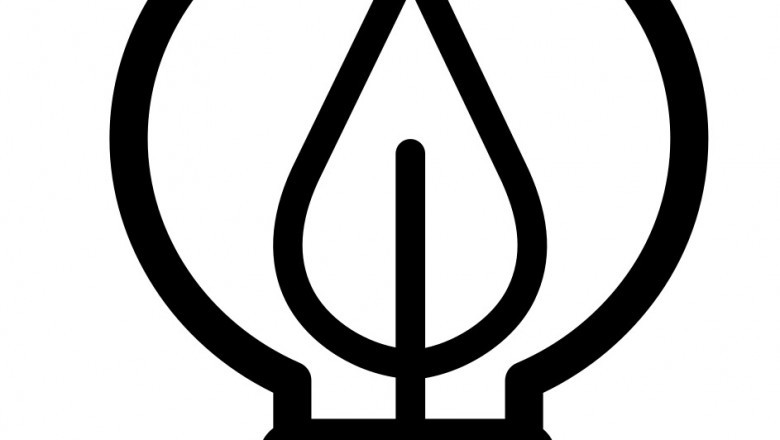views
Building Integrated Photovoltaics (BIPV) panels are solar power systems designed to be part of a building’s structure. Instead of mounting solar panels on rooftops, BIPV replaces traditional materials like glass or roofing with photovoltaic elements that generate electricity. This approach allows buildings to produce clean energy without extra space or visual disruption.BIPV panel serve dual purposes: they function as both building materials and energy generators. They can be integrated into windows, facades, or roofs, providing sustainable energy while maintaining architectural aesthetics.This technology appeals to developers and architects looking for efficient, eco-friendly solutions that blend seamlessly with construction. Its potential to reduce energy costs and carbon footprints makes BIPV a practical choice for modern buildings.
Fundamentals of BIPV Panel Technology
BIPV panels integrate photovoltaic materials directly into building structures, converting sunlight into electricity while serving as part of the architecture. They differ in design, placement, and function depending on the intended use and building requirements.
Core Principles of Building Integrated Photovoltaics
Building Integrated Photovoltaics combine solar cells within building components such as roofs, facades, or windows. These panels serve dual purposes: generating electricity and acting as part of the building envelope.The technology relies on semiconducting materials that absorb sunlight and convert it into electrical energy through the photovoltaic effect. Proper integration requires consideration of orientation, shading, and thermal performance. BIPV panels must also comply with building codes, structural integrity, and aesthetics to ensure safe and efficient use.
Types of BIPV Systems
There are several types of BIPV systems based on their placement and function:
- Facade-integrated panels: Incorporated into exterior walls, replacing conventional cladding.
- Roof-integrated systems: Replace traditional roofing materials like tiles or shingles.
- Window-integrated PV: Transparent or semi-transparent panels embedded in glazing.
Each type varies in transparency, energy output, and design complexity. Some systems also include flexible or thin-film PV materials for curved surfaces or customized architectural needs.
Comparison with Conventional Solar Solutions
Unlike traditional rooftop solar panels, BIPV panels replace standard building materials, reducing additional mounting hardware and structural support costs. They offer better aesthetics as they blend with building design rather than being added externally.However, BIPV systems can have higher initial costs and may produce less energy per square meter due to design constraints or orientation limitations. Maintenance and replacement can also be more complex since these panels are part of the building fabric, unlike conventional, easily accessible solar arrays.
BIPV Panel Applications and Design
BIPV panels integrate solar technology directly into building structures, combining energy generation with functional and aesthetic roles. Their application and design depend on strategic placement, visual appeal, and efficiency optimization.
Building Envelope Integration Strategies
BIPV panels serve as part of the building envelope, replacing conventional materials like glass, roofing, or facades. They can be installed as:
- Curtain walls for large glass surfaces
- Roofing elements replacing traditional shingles or tiles
- Facade cladding with solar-active surfaces
Integration requires coordination with structural systems to ensure load bearing and weatherproofing. Compatibility with insulation and ventilation is essential to prevent heat buildup and moisture problems.Design must consider orientation and tilt to maximize solar exposure while maintaining architectural integrity. The choice depends on site-specific factors such as sunlight angle, shading, and local climate.
Architectural and Aesthetic Considerations
BIPV panels come in various colors, shapes, and transparencies to blend with building design. Architects can choose from tinted glass panels, thin-film films, or crystalline cells embedded in building materials.Customization allows for patterns or logos, helping maintain or enhance a building's appearance. This makes BIPV suitable for both modern and historic renovations without visual disruption.Panels should balance light transmission and energy production when used in windows or skylights. Design integration requires early planning to align electrical connections and structural support discreetly.
Performance and Efficiency Factors
Performance depends on solar cell type, installation angle, and environmental conditions. Monocrystalline panels offer higher efficiency but may limit aesthetic options. Thin-film panels have lower efficiency but better flexibility and translucency.Temperature impacts output; excessive heat can reduce efficiency, so system design often includes passive cooling techniques. Dirt and shading from nearby structures cause performance losses, so placement and cleaning access are important.Monitoring systems can track power generation to optimize maintenance and detect faults. Proper integration ensures BIPV panels deliver consistent energy while meeting building codes and safety standards.














Comments
0 comment